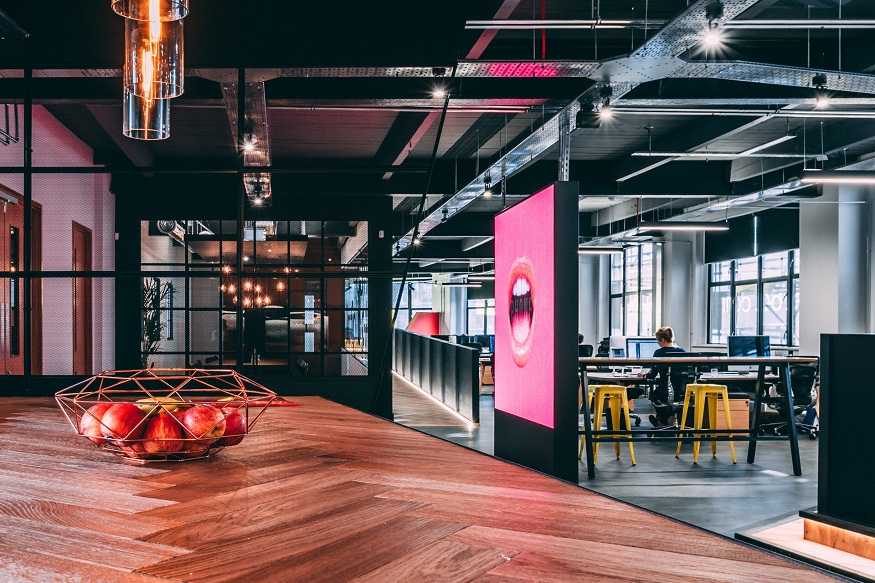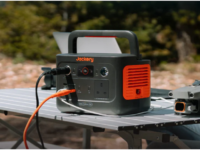Transform Your Creative Space: Essential Interior Design Pitfalls Every Ad Agency Must Dodge

One needs careful planning and decision making to come up with the best office space that fits the advertising business. The workspace has direct effects on team morale, productivity, and creativity. Nevertheless, numerous companies commit costly mistakes during the planning of their office spaces, which might hurt employee satisfaction and their brand perception. Being conscious of these common issues, you will be able to create a practical, though inspiring office, which will truly reflect the creative spirit of your company. These are the top five mistakes to avoid when choosing the ad agency office interiors of the workplace in your advertising agency.
1. Ignoring Your Team’s Daily Workflow Needs
Designing stunning rooms that look amazing but don’t support the actual job requirements is the largest error agencies make. During hectic campaigns or client presentations, many decision-makers just take aesthetics into account, not taking into account how their staff navigates the area. This mistake results in uncomfortable traffic flow that interferes with focus, small meeting spaces during brainstorming sessions, and inadequate storage for creative tools. Take some time to observe your team’s daily habits, hours of greatest collaboration, and patterns of space utilization before choosing any design components. Knowing these workflow requirements guarantees that, rather than erecting lovely barriers that impede your creative flow, your workplace design will increase productivity.
2. Choosing Style over Practical Functionality
Even while eye-catching images draw clients and amaze visitors, putting aesthetics ahead of functionality will cause your business to face long-term issues. Many businesses have modern furniture that appears great in pictures but is unpleasant to work with for extended periods of time or doesn’t have the necessary storage space. Open-concept designs may seem contemporary and cooperative, but when several teams require concentrated work time, they can turn into loud distractions. The secret is striking the ideal mix between practicality and aesthetic appeal. Choose workspaces and furnishings that are multifunctional, accommodating of different work styles, and pleasant for prolonged usage. The majority of your team’s waking hours should be spent in this area; therefore functionality should never be compromised for fads in design.
3. Overlooking Natural Light and Ventilation Requirements
Your ideal office may be swiftly transformed into an unpleasant space that compromises both creativity and health due to poor lighting and insufficient air circulation. Many agencies select facilities solely on cost or location without thoroughly assessing the availability of natural light at various times of the day and season. For creative workers, the energy and mood boost that natural sunshine offers cannot be replaced by artificial illumination alone. In a similar vein, stuffy surroundings brought on by inadequate ventilation impair mental focus and induce weariness when performing crucial client work. Visit possible locations at different times to evaluate the air quality, natural light patterns, and general comfort of the place. Invest in ventilation systems and appropriate lighting to create a stimulating environment where your staff can regularly produce their most innovative work.
4. Neglecting Flexible Spaces for Different Project Sizes
Ad agencies work on a variety of projects that call for different team sizes and methods of communication, yet many companies design inflexible facilities that are unable to change with the times. Your capacity to host brief brainstorming sessions, lengthy client presentations, or transitory project teams is constrained by fixed furniture configurations and permanent room dividers. Teams are forced by this rigidity to operate in inappropriate settings or look for other locations for crucial meetings. Modular furniture, movable walls, and multifunctional spaces that can be swiftly reconfigured in accordance with project needs are all features of smart advertising agency office interior. Think about making an investment in high-quality, lightweight furniture that is simple to reorganize and creating areas that have several uses at various times of the day. Because of its versatility, your space may accommodate different creative processes and evolve with your business without needing costly upgrades.
5. Underestimating Technology Integration and Infrastructure Needs
High-speed internet, digital tools, and advanced presentation equipment are all essential components of modern advertising, yet many agencies consider technology as an afterthought during the creative phase. Everyday annoyances caused by a lack of power outlets, bad cable management, and inadequate internet infrastructure affects output and business presentations. Furthermore, if future technological advancements are not planned for, costly modifications will be required as equipment requirements alter. Make a detailed analysis of your present and future technological needs, such as presentation systems, video conferencing features, and device charging stations, before making any final design selections. Collaborate with skilled experts to guarantee appropriate network infrastructure, integration points, and electrical design that maintain wires neat and areas tidy while offering dependable connectivity across your company.
Conclusion
Your advertising firm may build a workspace that genuinely fosters creativity, productivity, and business success by avoiding these typical Office Interior Design Projects blunders. Keep in mind that your workplace immediately represents your brand’s beliefs and skills to both clients and workers. Spend some time carefully about Office Interior Design Projects via Officebanao considering each choice from the standpoint of everyday practicality rather than only aesthetics.
8929399141 is their Whatsapp number. You may also email your inquiries to inquiry@officebanao.com.






